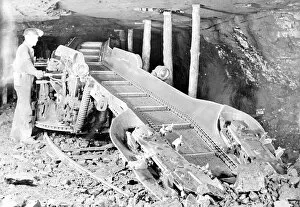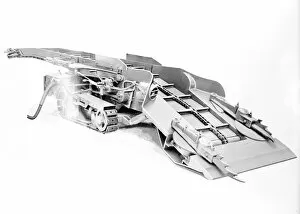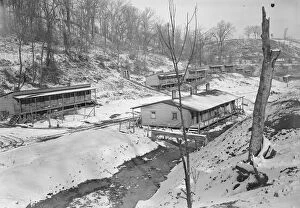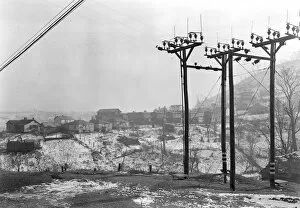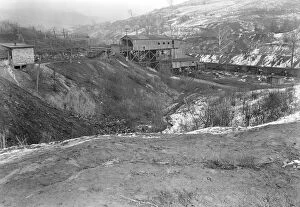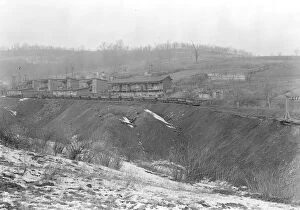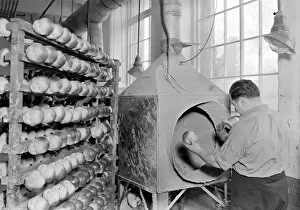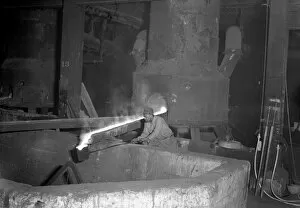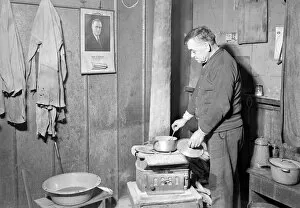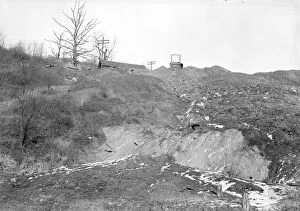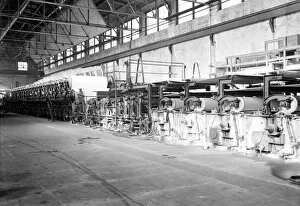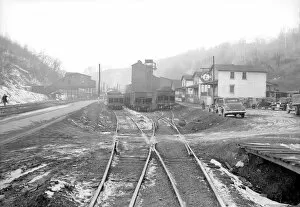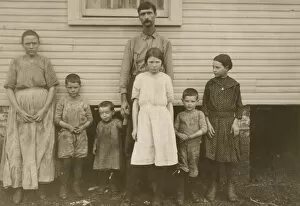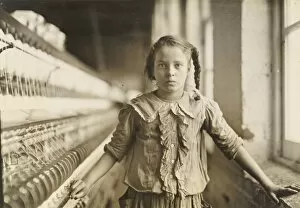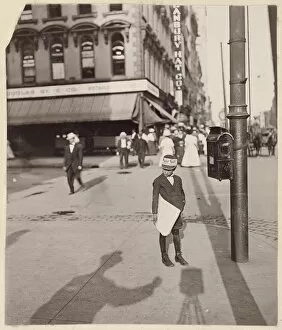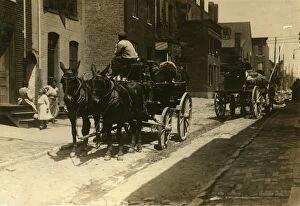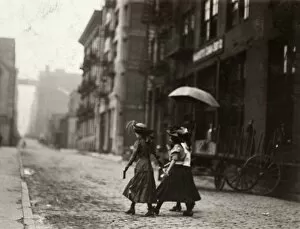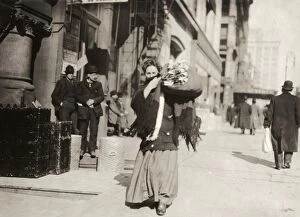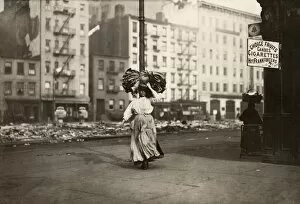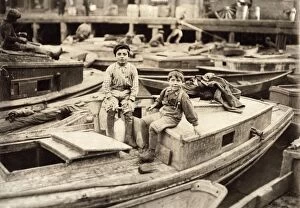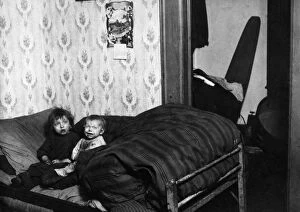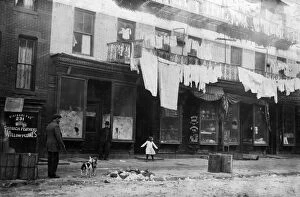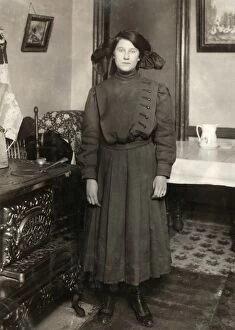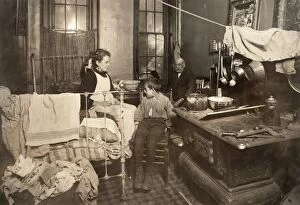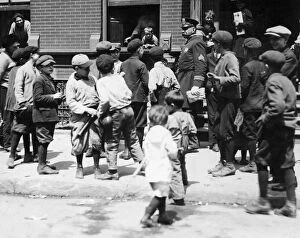Hine Collection (#8)
"Hine: Capturing the Essence of Life's Diverse Tapestry" In 1931, amidst the towering marvel that is the Empire State Building
For sale as Licensed Images
Choose your image, Select your licence and Download the media
"Hine: Capturing the Essence of Life's Diverse Tapestry" In 1931, amidst the towering marvel that is the Empire State Building, steelworkers fearlessly balanced on girders, their courage reaching new heights in New York City. Amidst a field of vibrant flowers, a fairy embarked on an enchanting quest, delicately searching for magic hidden within nature's embrace. Stuart Hine fearlessly held Scolopendra gigantea, a giant centipede. His fascination with creatures both beautiful and fearsome reflected his unyielding curiosity for the world around him. Transported to 1910 at Pool Branch Chauteau & Manchester in St. Hine captured boys engrossed in billiards - their youthful energy merging with skill as they aimed to conquer each shot. Lewis Hine immortalized the grandeur of the Empire State Building from East 34th Street and Madison Avenue shortly after its completion in May 1931. A testament to human ingenuity and ambition rising above city streets. Within Plymouth Guildhall's hallowed halls, history unfolded as people gathered under its majestic roof - stories whispered through time by those who walked its corridors. Hine's lens focused on child labor injustices in 1910; two young messenger boys found solace beneath showers at Postal Telegraph Co. , reminding us of our duty to protect innocence against exploitation. As twilight cast its ethereal glow upon enchanted realms unseen by mortal eyes, fairies danced joyously - their delicate movements weaving dreams into reality itself. A mischievous pixie wove together a chain of flowers with nimble fingers; her creation symbolizing unity and harmony among all living beings within nature's intricate tapestry. With mystical prowess unmatched by any other creature, fairies conjured crystal balls that revealed secrets yet untold - glimpses into pasts forgotten or futures yet unwritten.

